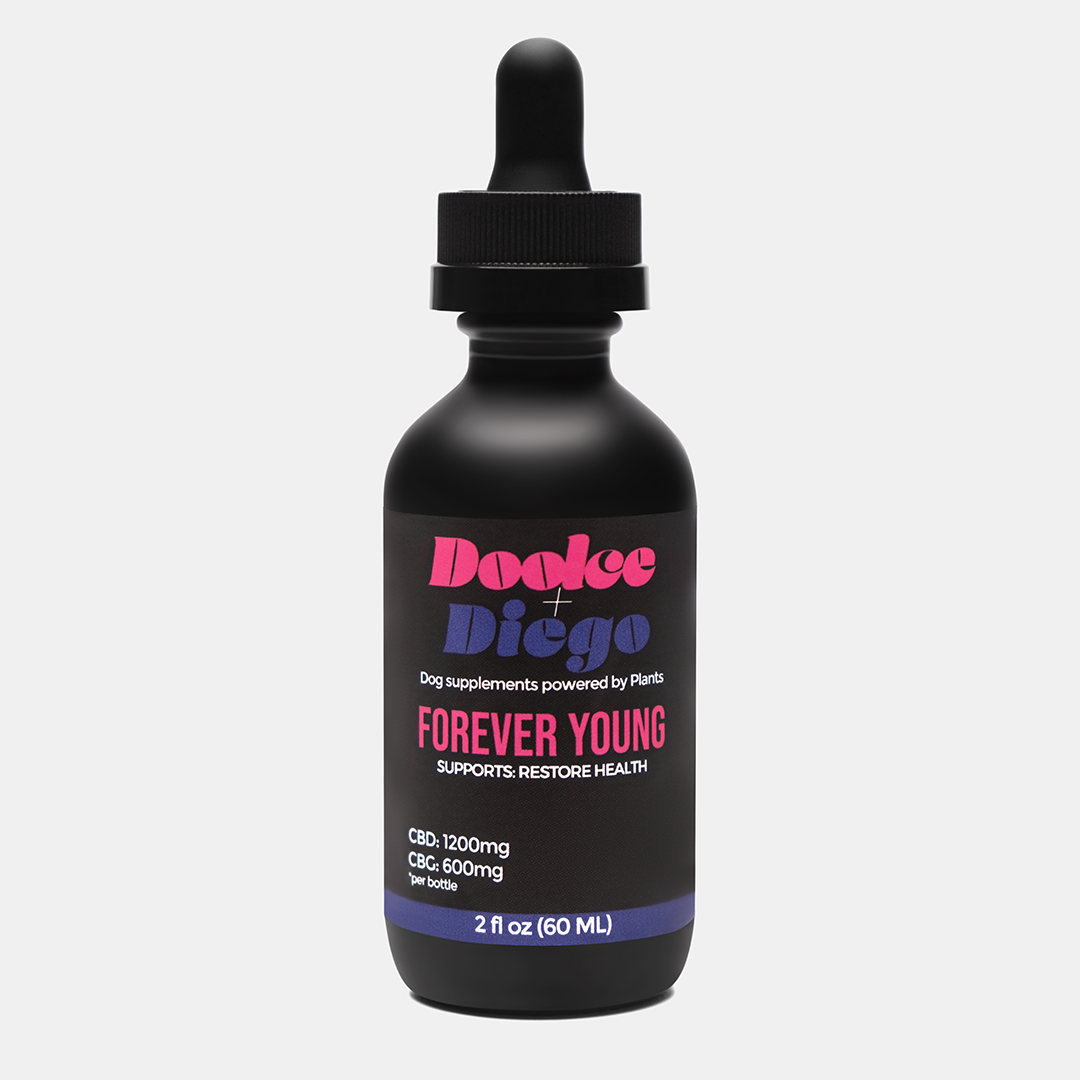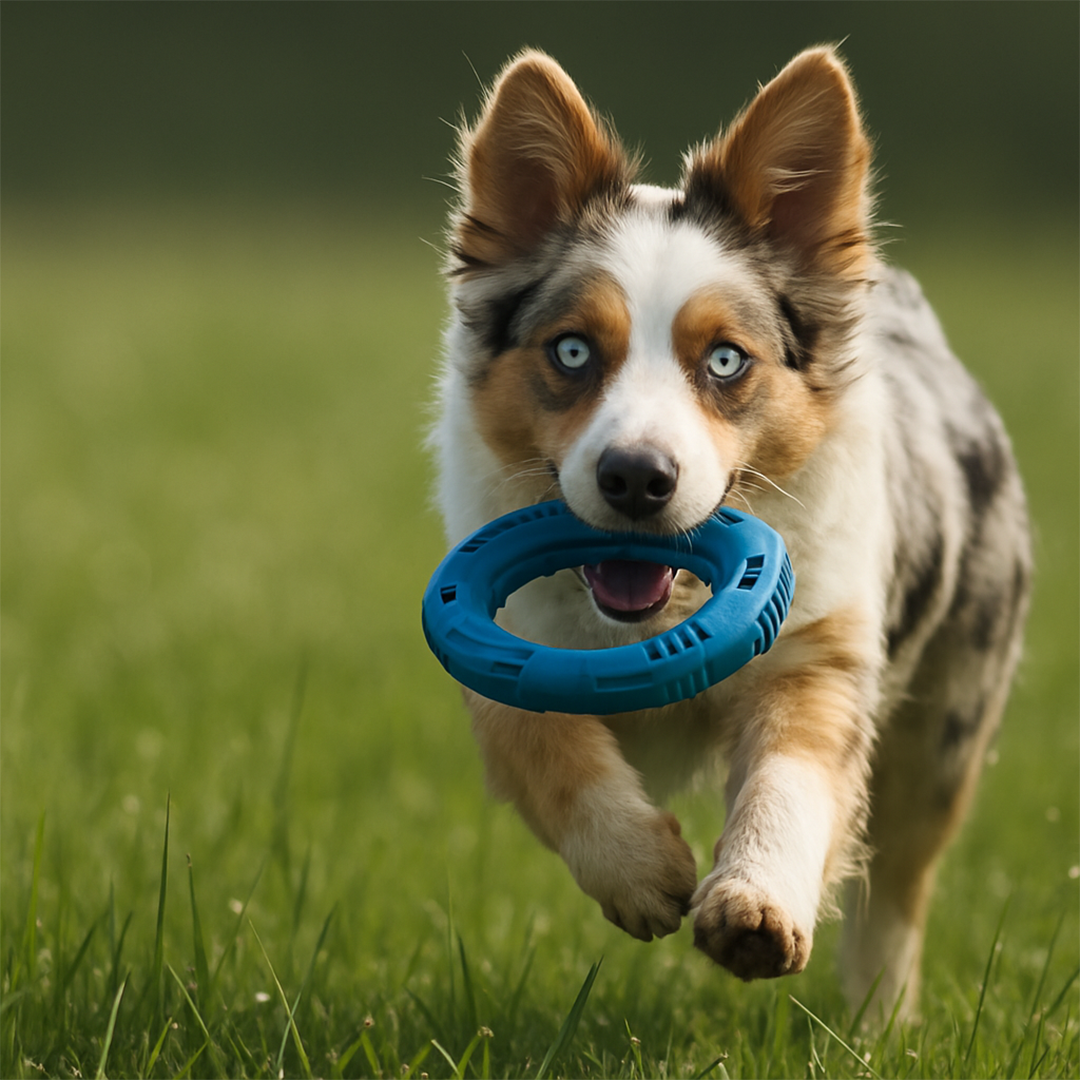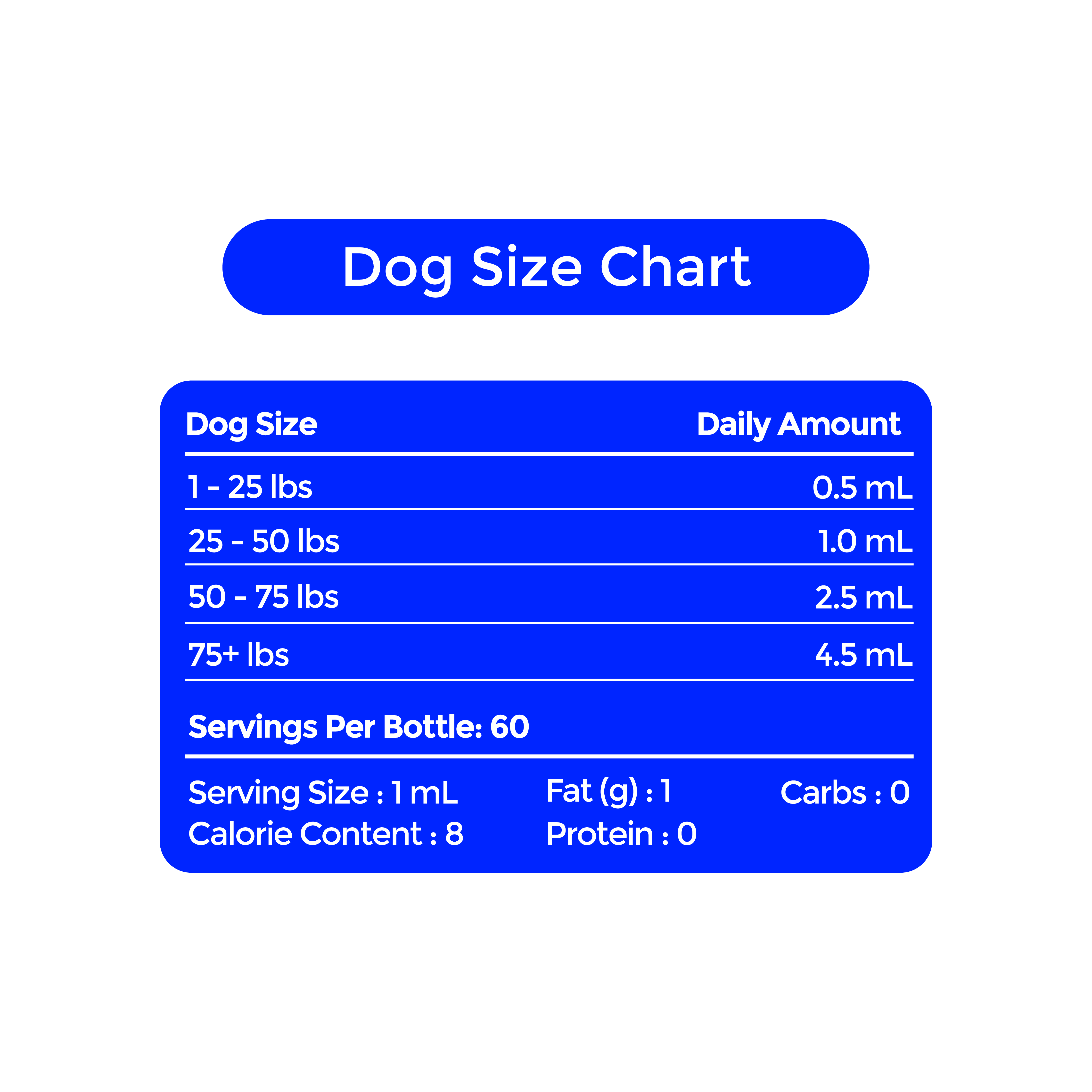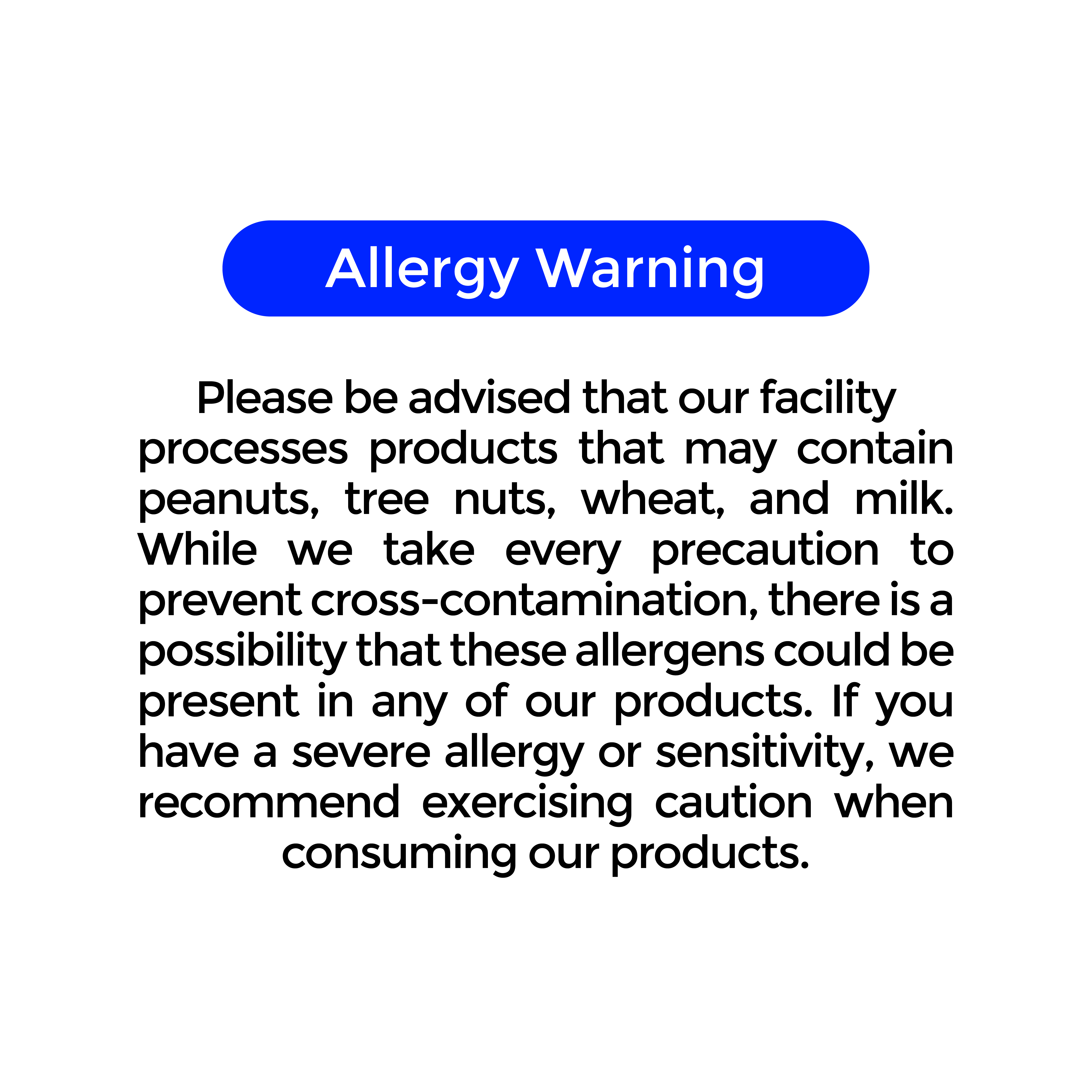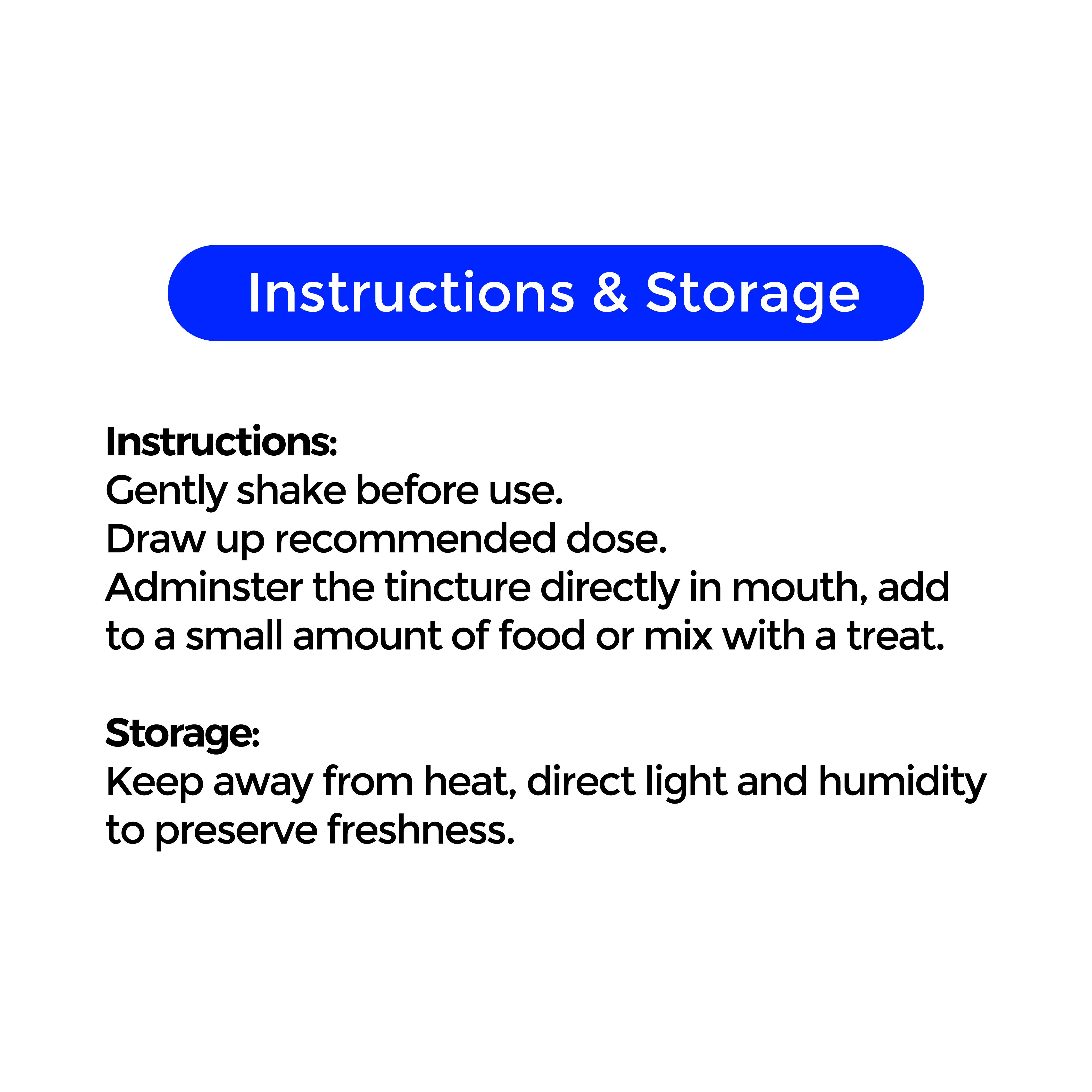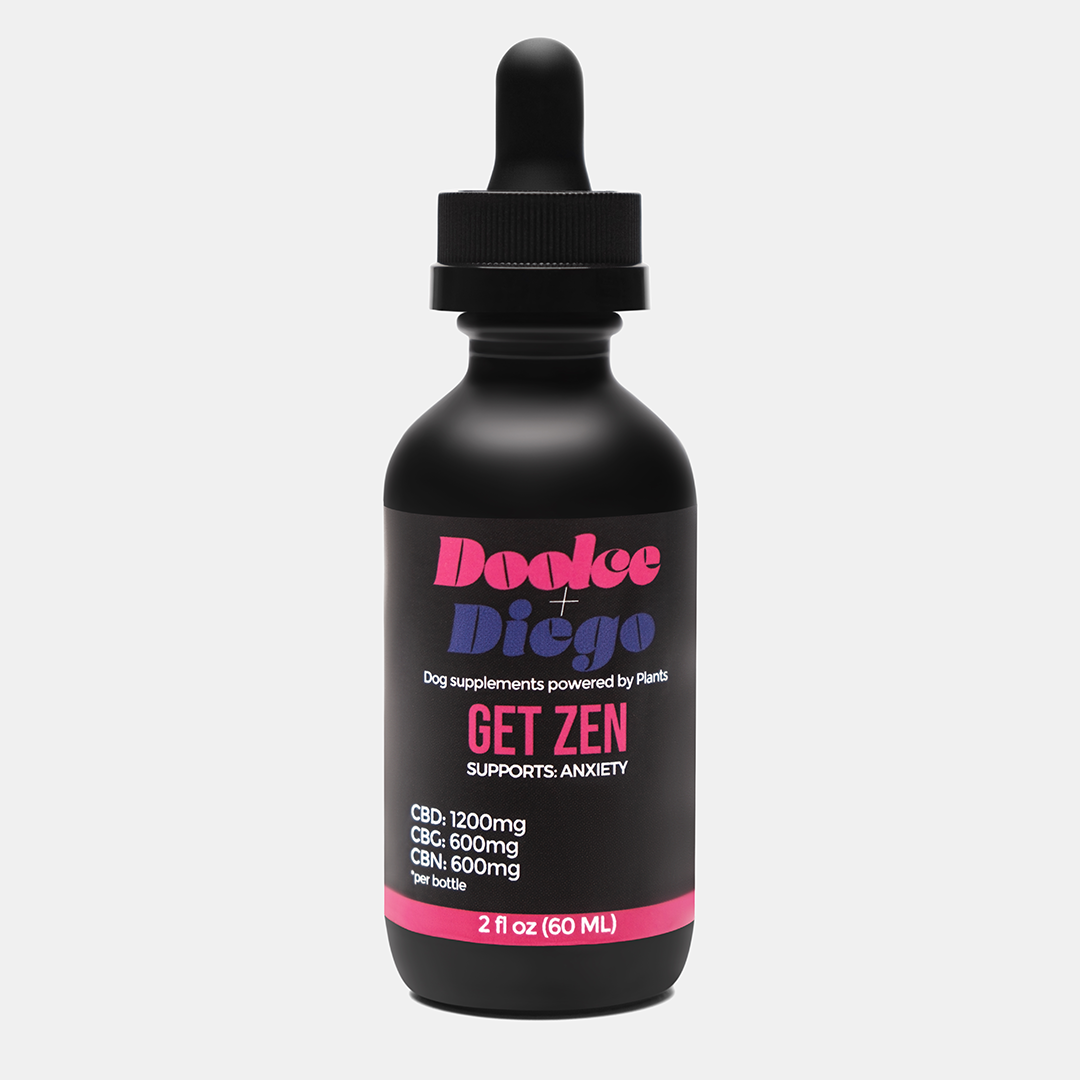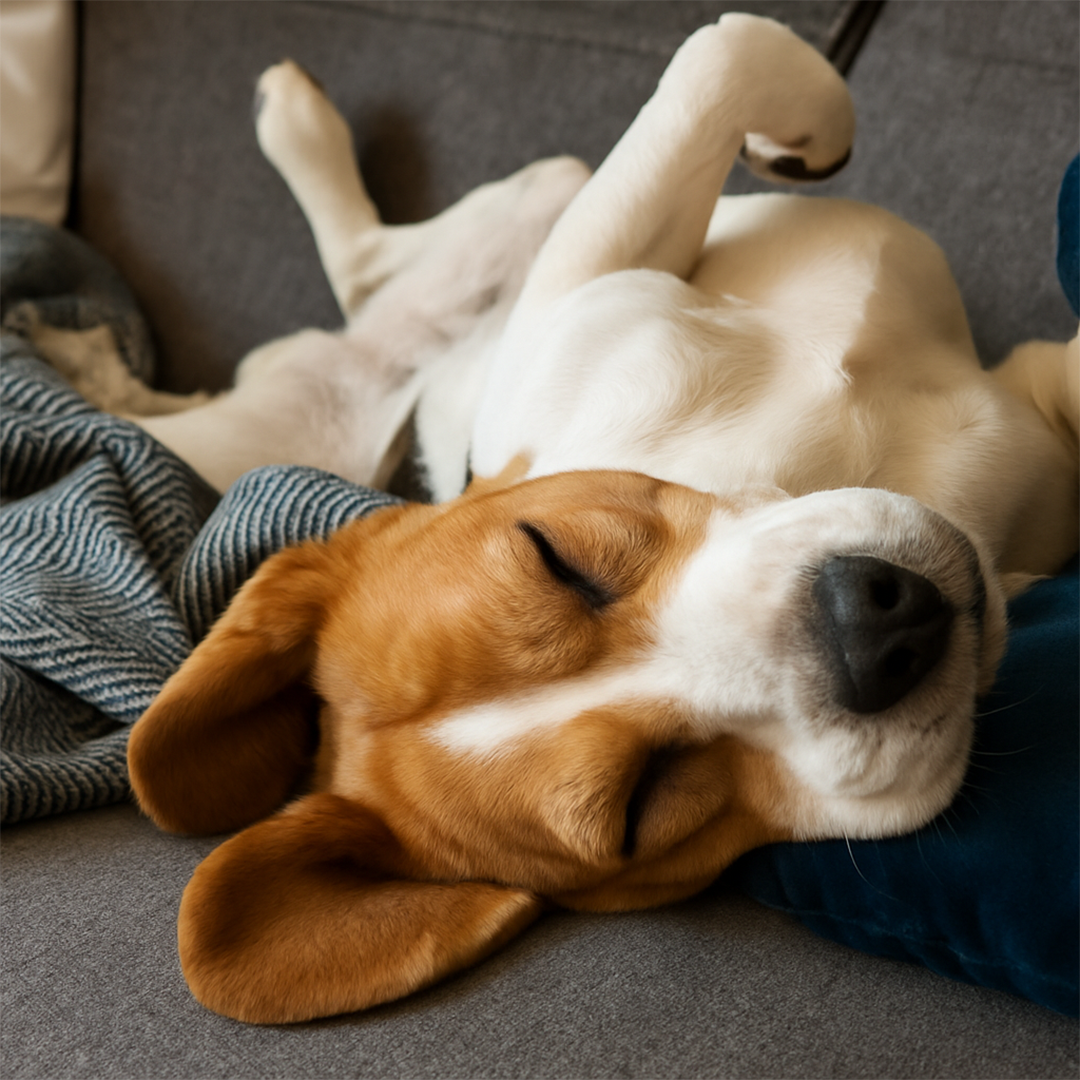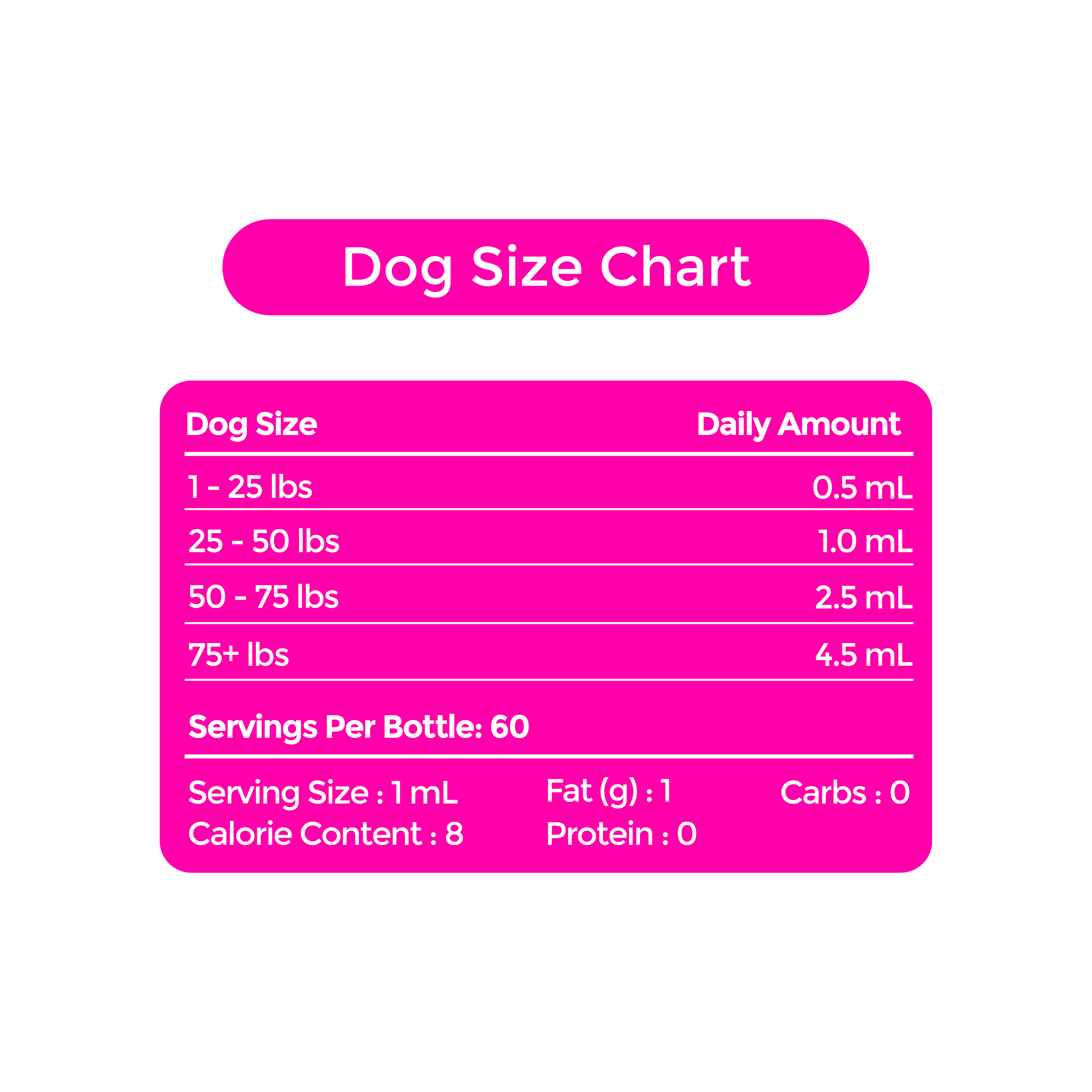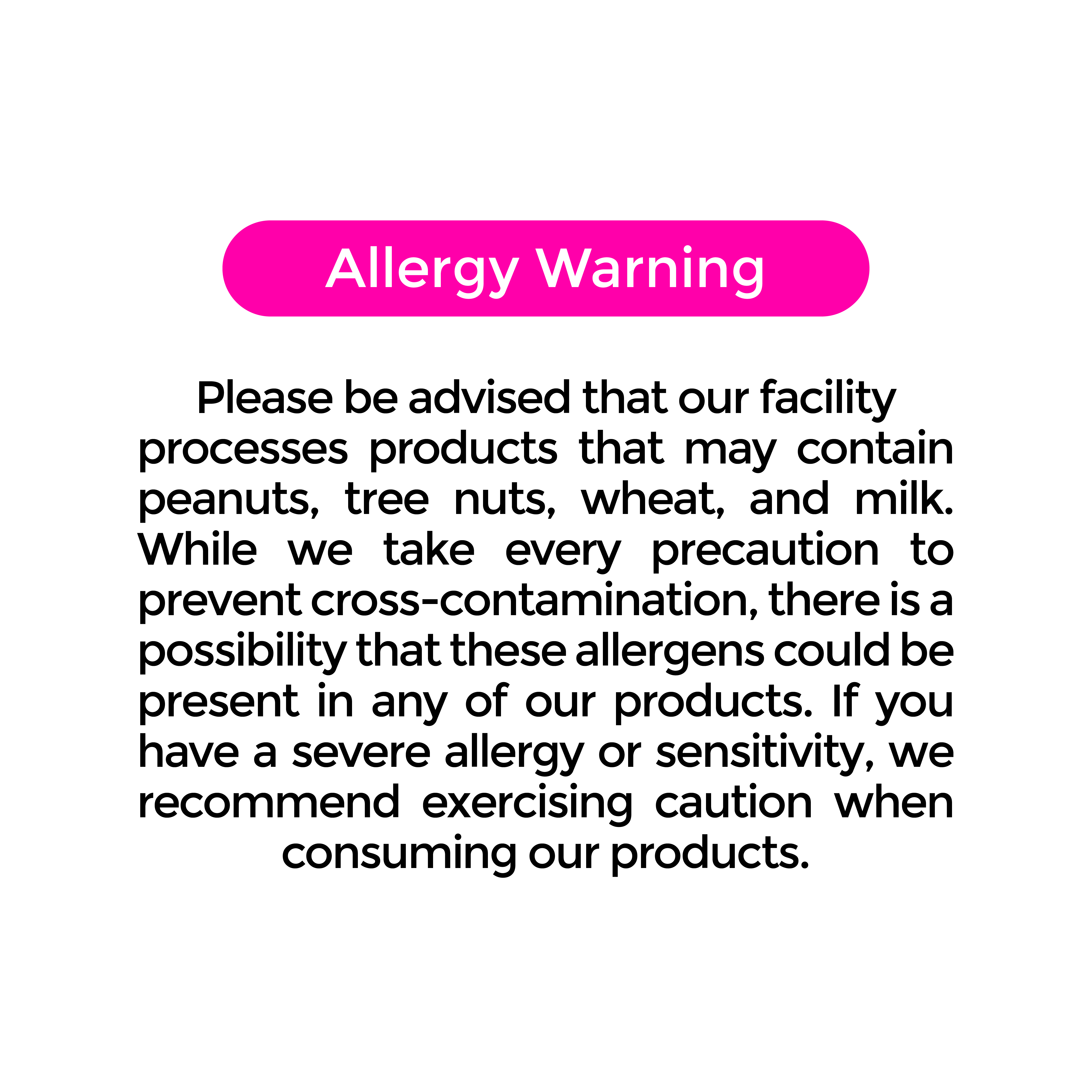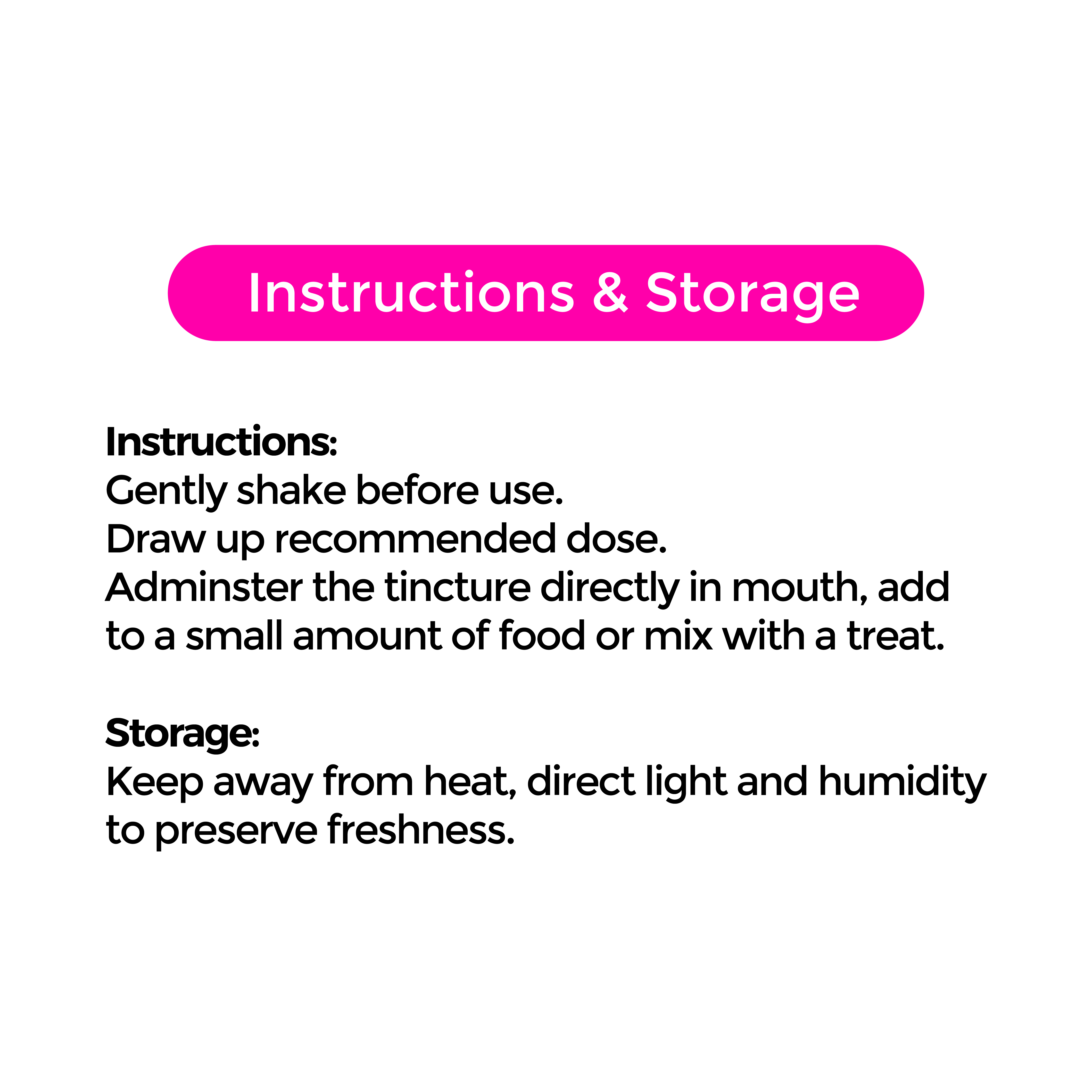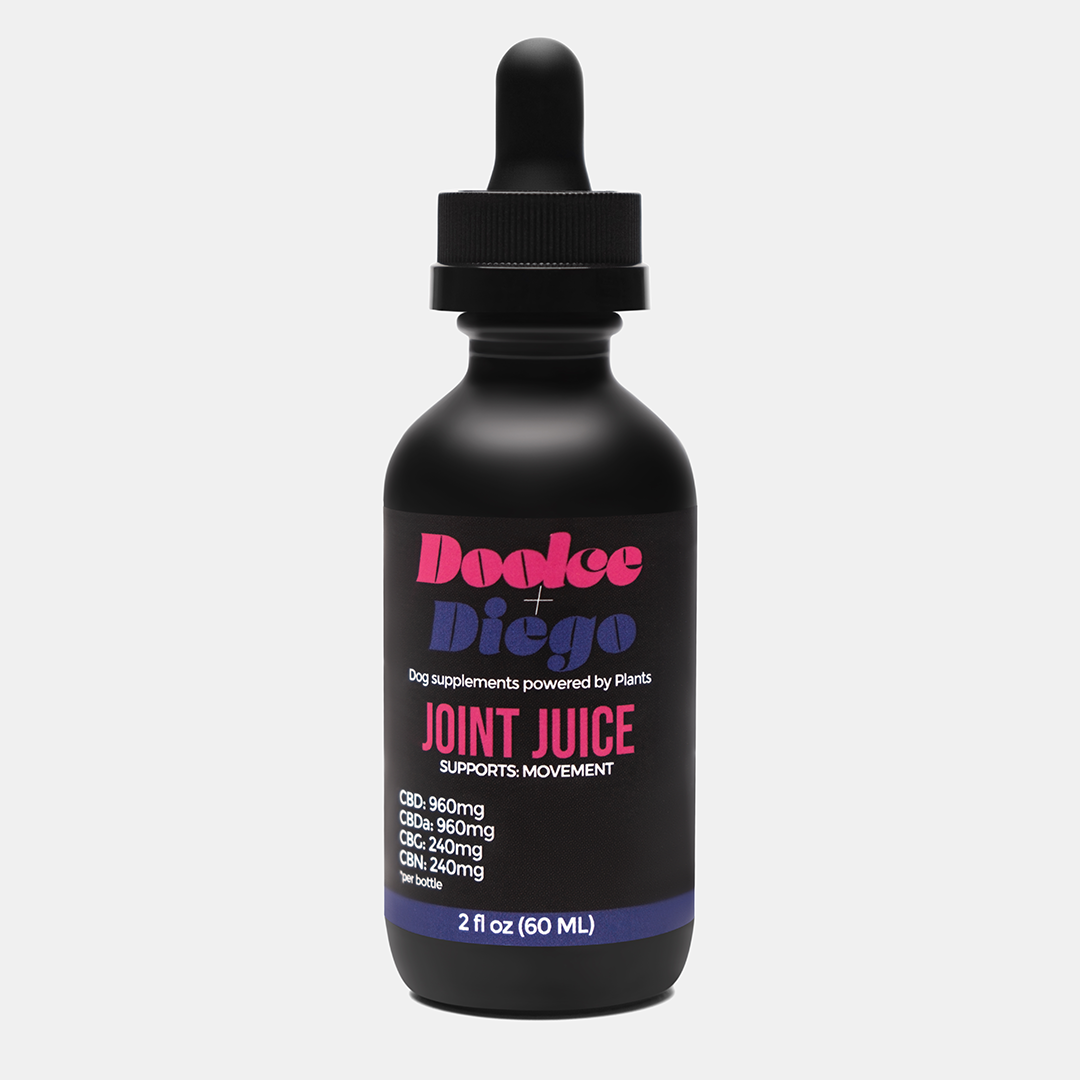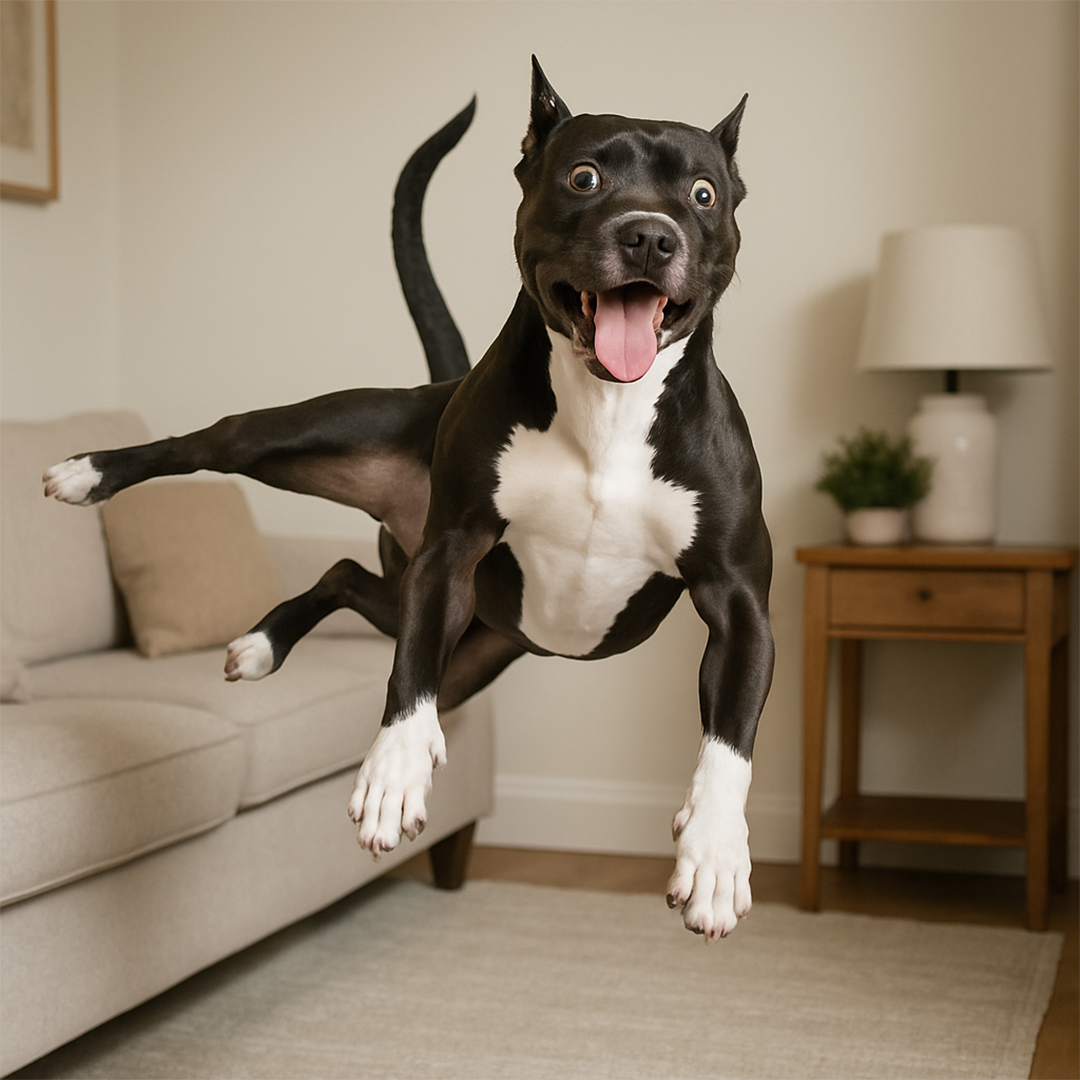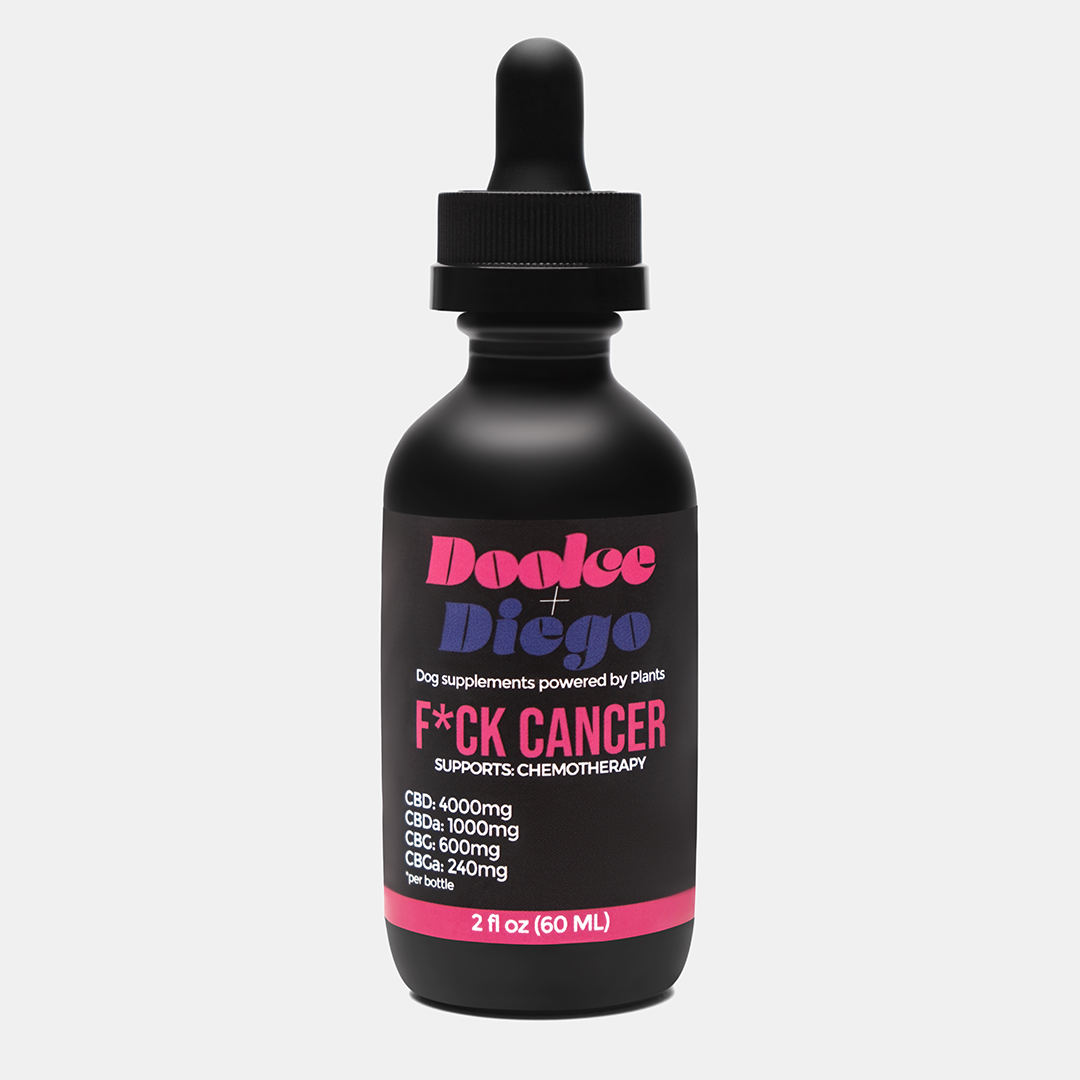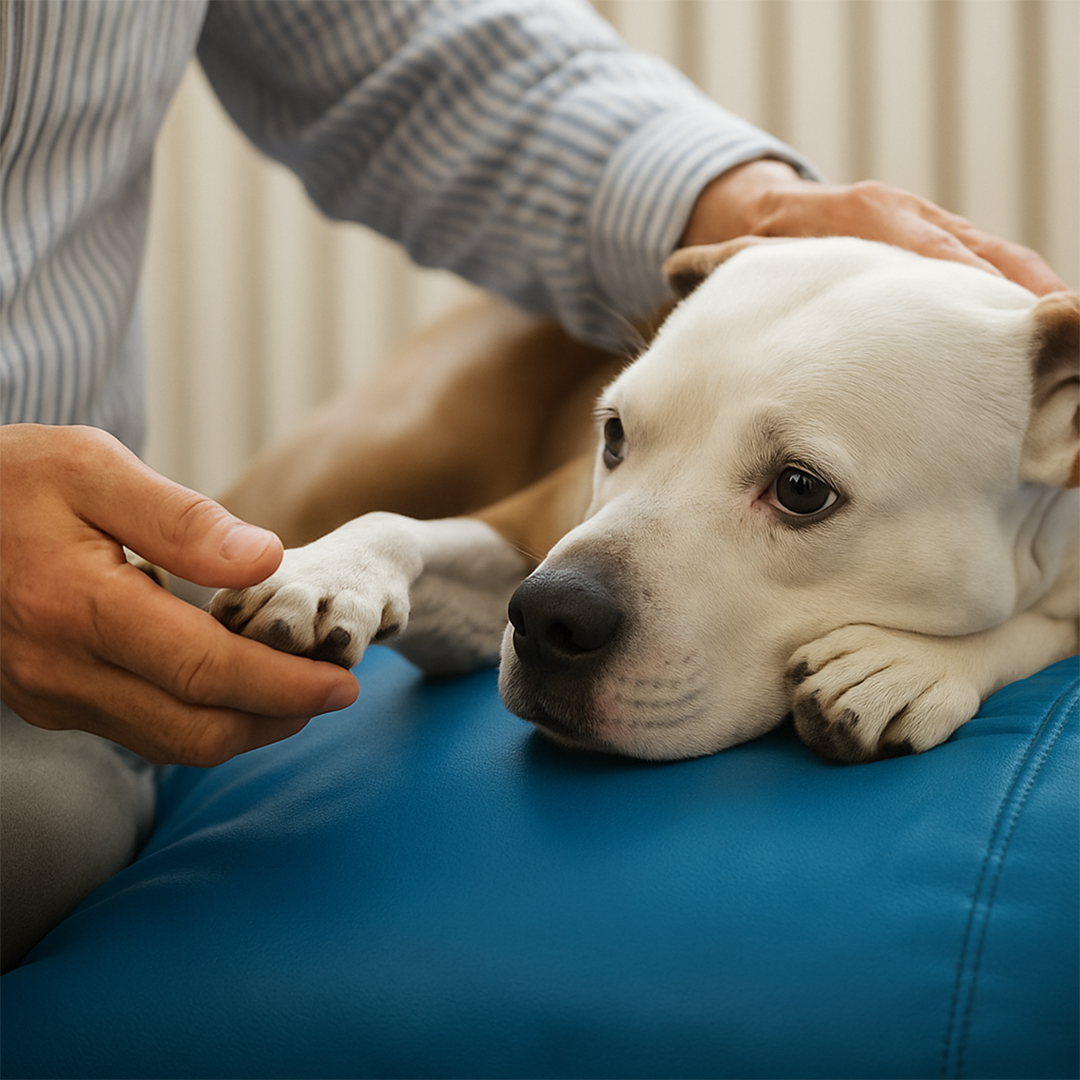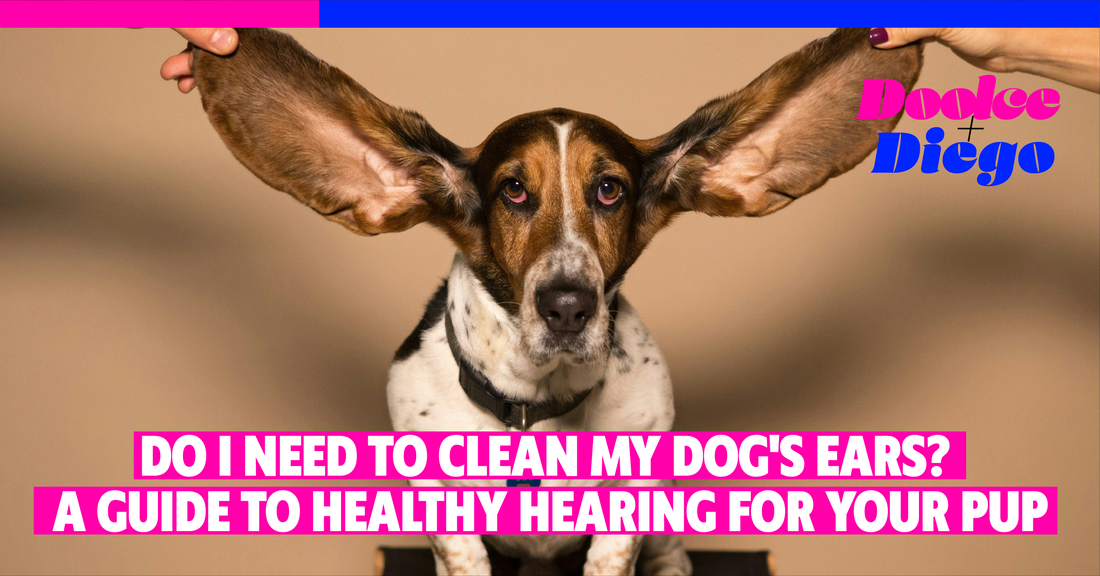
Do I Need to Clean My Dog's Ears? A Guide to Healthy Hearing For Your Pup
Your dog’s ears might be floppy, perky, or somewhere in between, but one thing they all need is proper care. Ear health is crucial for your pup’s overall well-being, and while some dogs rarely need their ears cleaned, others might require regular maintenance. The big question is: Do you need to clean your dog’s ears?
Here’s a guide to understanding your dog’s ear care needs and how to keep their ears healthy and happy.
Why Is Ear Cleaning Important?
Dogs’ ears are prone to dirt, wax buildup, and infections—especially if they have long, floppy ears or love swimming. Cleaning your dog’s ears when necessary helps prevent:
- Infections: Bacteria and yeast thrive in dirty, moist environments, leading to ear infections.
- Wax Buildup: Excess wax can trap debris and cause discomfort.
- Parasites: Cleaning makes it easier to spot issues like ear mites before they become serious.
Does Your Dog Need Regular Ear Cleaning?
Not all dogs require frequent ear cleaning. Whether or not your pup needs it depends on their breed, lifestyle, and overall ear health.
Breeds That May Need More Cleaning
- Floppy-Eared Dogs: Breeds like Cocker Spaniels and Basset Hounds have ears that trap moisture and debris.
- Hairy-Eared Dogs: Poodles and Schnauzers often have hair in their ear canals, increasing the risk of wax buildup.
- Active Swimmers: Water-loving breeds like Labradors and Golden Retrievers are more prone to moisture-related issues.
If your dog doesn’t fall into these categories and their ears appear clean and odor-free, you might not need to clean them often.
How to Check Your Dog’s Ears
Before reaching for the cleaning solution, it’s important to know when your dog’s ears actually need attention. Here’s what to look for:
-
Signs of Healthy Ears:
- Clean appearance
- No strong odor
- Pale pink color
- No visible wax or debris
-
Signs of Trouble:
- Redness or swelling
- Strong, unpleasant odor
- Excess wax or debris
- Scratching or head shaking
- Discharge or crustiness
If you notice any of the “trouble” signs, consult your vet before attempting to clean your dog’s ears.
How to Clean Your Dog’s Ears
When it’s time for a cleaning, follow these steps to do it safely and effectively:
What You’ll Need:
- Vet-approved ear cleaning solution
- Cotton balls or gauze (avoid cotton swabs, as they can push debris deeper)
- Towels for mess control
Step-by-Step Guide:
- Get Comfortable: Sit in a quiet area and gently hold your dog’s head. Offer treats to keep them calm.
- Apply the Solution: Squeeze a few drops of the cleaning solution into the ear canal.
- Massage the Base of the Ear: Gently massage the ear’s base to loosen wax and debris. You’ll hear a squishy sound—that’s normal!
- Wipe Away Debris: Use a cotton ball or gauze to wipe the outer ear.
- Let Them Shake: Allow your dog to shake their head—this helps remove loosened debris.
- Repeat if Necessary: If the ear still looks dirty, repeat the process.
When to Call the Vet
Ear cleaning is a simple process, but some situations require professional help. Contact your vet if:
- Your dog shows signs of pain or discomfort during cleaning.
- You notice discharge, foul odors, or persistent redness.
- The ear canal appears swollen or blocked.
Regular vet checkups are key to catching and addressing ear issues early.
How Often Should You Clean Your Dog’s Ears?
The frequency of ear cleaning depends on your dog’s individual needs:
- Low-Maintenance Dogs: Clean as needed, usually every few months.
- Active or Prone Breeds: Once a week or as recommended by your vet.
Over-cleaning can irritate your dog’s ears, so stick to a routine that works for their specific needs.
Keeping your dog’s ears clean is an important part of their overall health, but it doesn’t have to be complicated. By checking their ears regularly, knowing the signs of trouble, and cleaning when necessary, you’ll help prevent discomfort and infections.
Because happy, healthy ears mean more tail wags—and that’s a win for both of you. So grab the treats, get those cleaning supplies ready, and give your pup the ear care they deserve!


